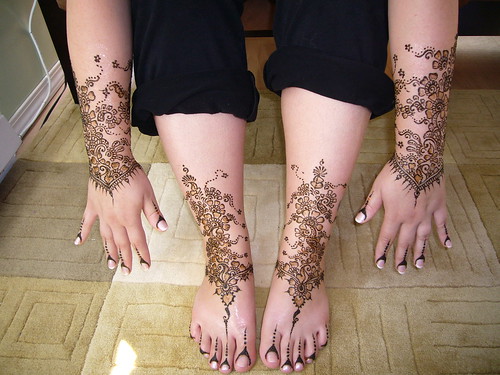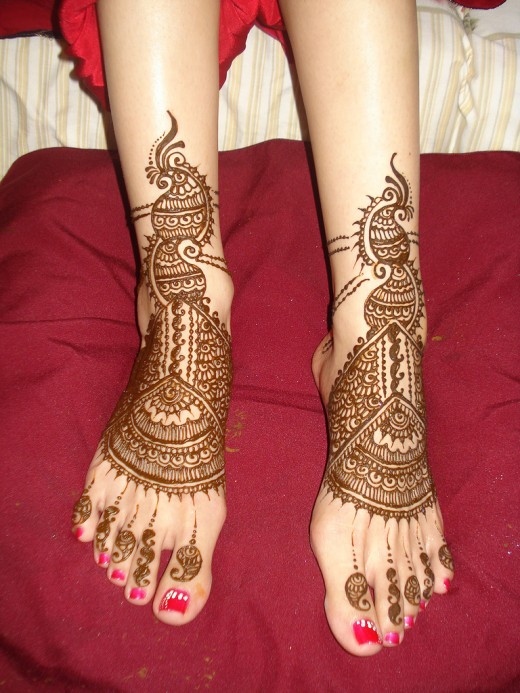Mehndi Designs Book (1)Biogarphy Photos Pictures Pics Images
Source(google.com.pk)India, Pakistan, the Yemen, Morocco, Egypt, Iran and the Sudan are the main growers and exporters of henna. Large quantities of henna are produced at home for the local market, and much smaller quantities sold on the international market. For instance, only half of the 15,000 metric tones of leaves produced in Pakistan each year is sold abroad, the rest is consumed within Pakistan.
Henna is normally cultivated in rows like small hedges. Two or three crops a year are usually harvested from the plants in April-May, August and October-November. The leaves, flowers and buds are harvested by cutting the shoots off the plant, which may continue to produce a crop for between 6-12 years. One hectare of land can produce 1,000-1,500 kg of leaves.
The quality of henna varies depending on the strength of colour it gives; the area where it was grown; how pure it is (sometimes it contains old leaves and leaf stalks or is contaminated with dust or other material to bulk it out); and how finely ground it is. The best quality henna, often known as mehndi, is used for dyeing the skin. It is known as grade 1, which is triple ground and sifted. Grade 3 is coarser, and used in hair products because hair is porous and soaks up colour much more easily than skin. The best quality can be twice as expensive as other types.
Mehndi Designs Book (1)Photos Pictures Pics Images
Mehndi Designs Book (1)Photos Pictures Pics Images
Mehndi Designs Book (1)Photos Pictures Pics Images
Mehndi Designs Book (1)Photos Pictures Pics Images
Mehndi Designs Book (1)Photos Pictures Pics Images
Mehndi Designs Book (1)Photos Pictures Pics Images
Mehndi Designs Book (1)Photos Pictures Pics Images
Mehndi Designs Book (1)Photos Pictures Pics Images








No comments:
Post a Comment